Fumed silica nanoparticles are functionalised to have ‘tethering’ proteins and link bioactive groups to induce biomimicry.
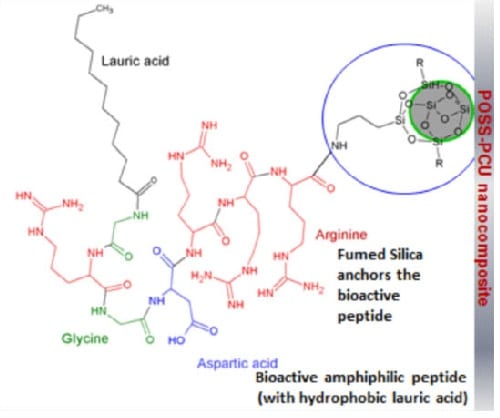

Fumed silica nanoparticles are functionalised to have ‘tethering’ proteins and link bioactive groups to induce biomimicry.

A novel approach is presented for making polymer nanoparticles that can release dual osteogenic growth factors while adhering to Ti surfaces.

Conjugation of ribavirin to a carrier polymer prevents association of the drug with the red blood cells and thus overcomes the origin of the main side effect.
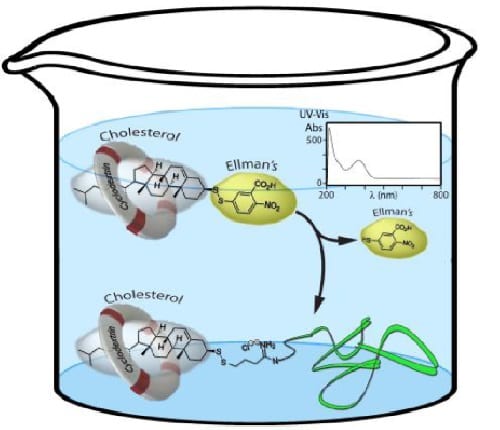
A new way to track the conjugation rate of cholesterol as well as to conduct conjugations in aqueous environments.
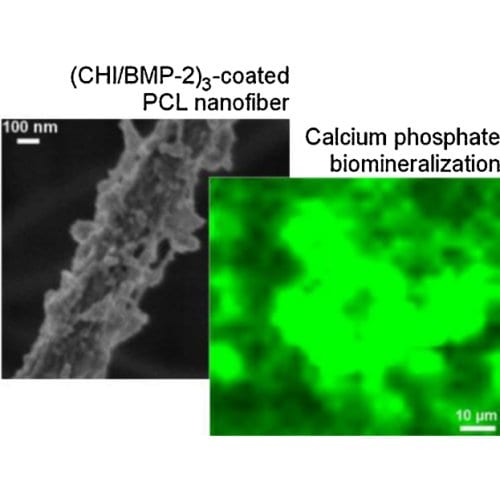
Bioactive implants intended for rapid, robust, and durable bone tissue regeneration are presented.
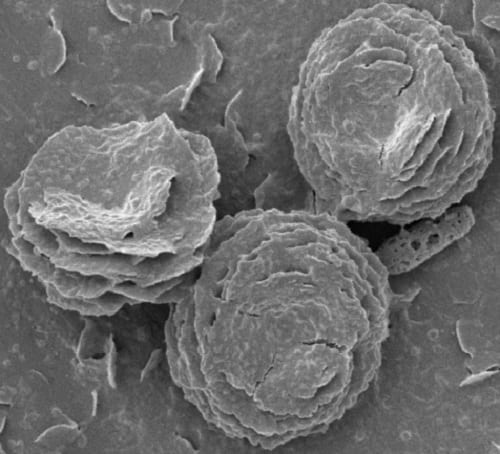
Amylose inclusion complexes show highly appealing self-organization behavior.
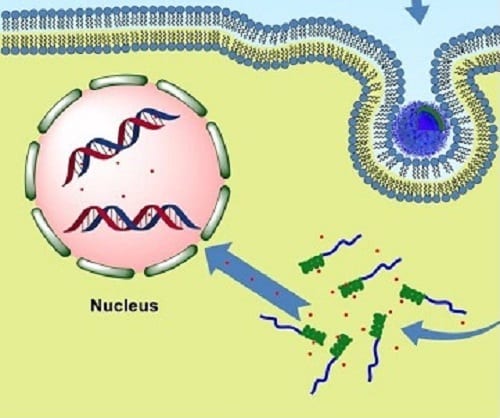
Polypeptide-based pH-sensitive polymersomes prepared by researchers from Changchun hold excellent promise as a drug delivery platform for cancer therapy.
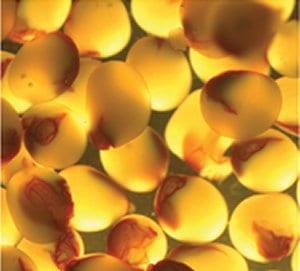
The third and final part of the series “Advances in Polymers for Stem Cell Research” by guest-editor Suwan N. Jayasinghe has now started in Macromolecular Bioscience.
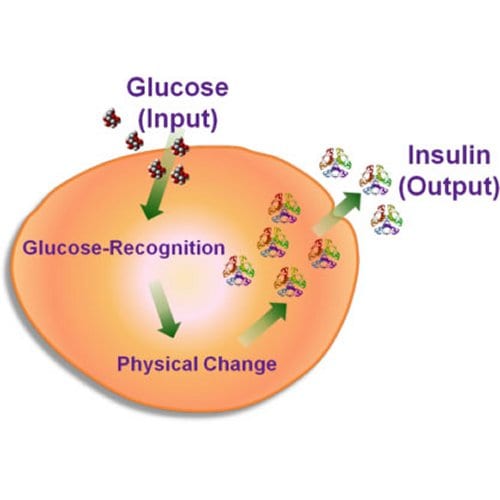
Researcher from New York and Xiamen review the current status and future challenges of glucose-responsive materials for insulin delivery.

Therapeutic strategies for the prevention of Alzheimer’s disease have been investigated by a team from the Indian Institute of Technology at Guwahati.